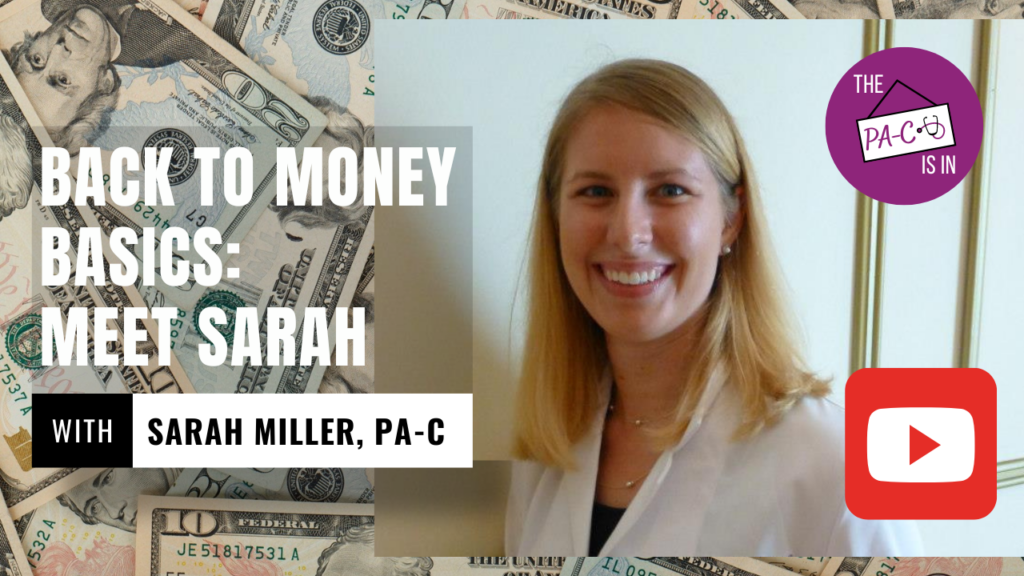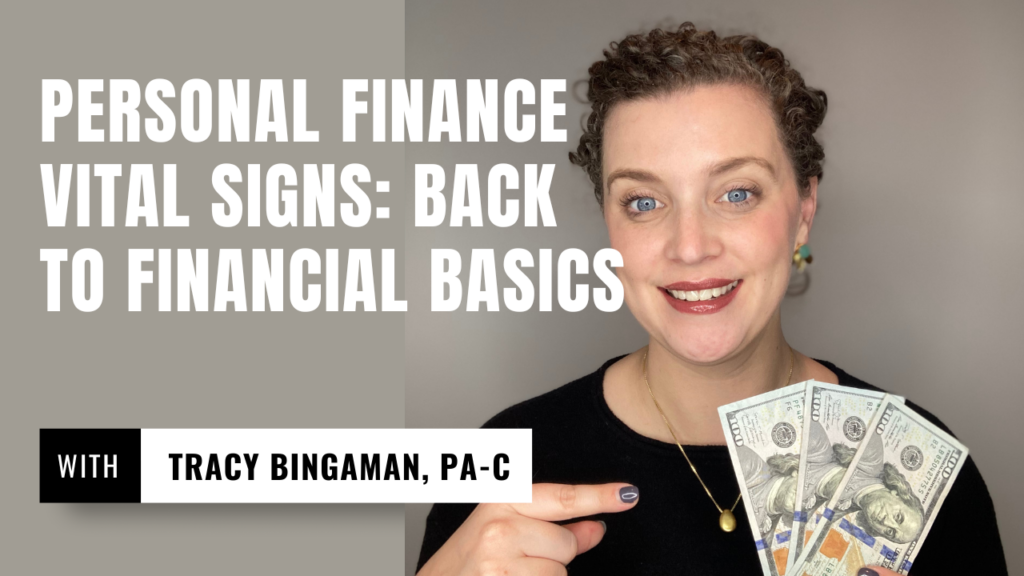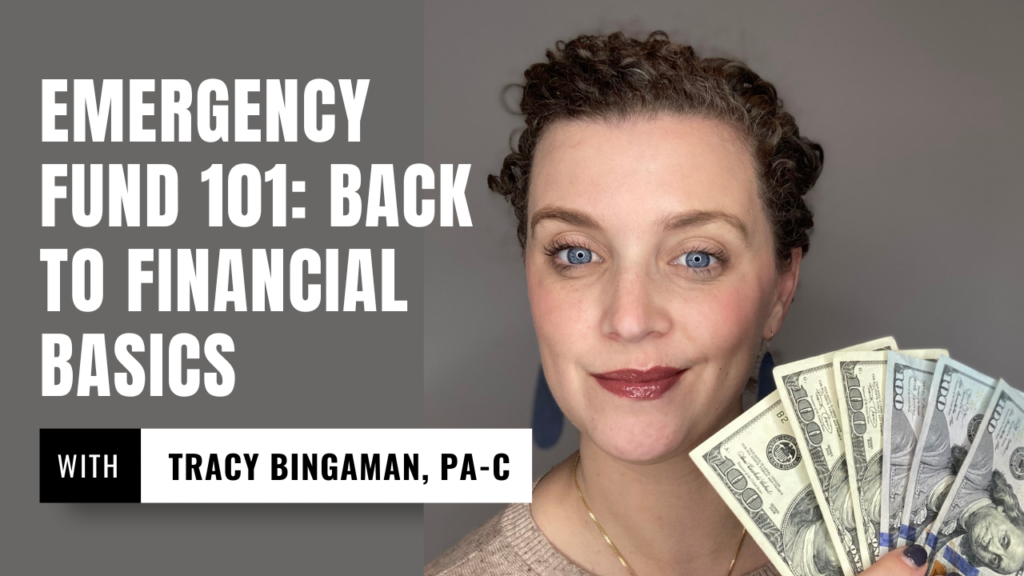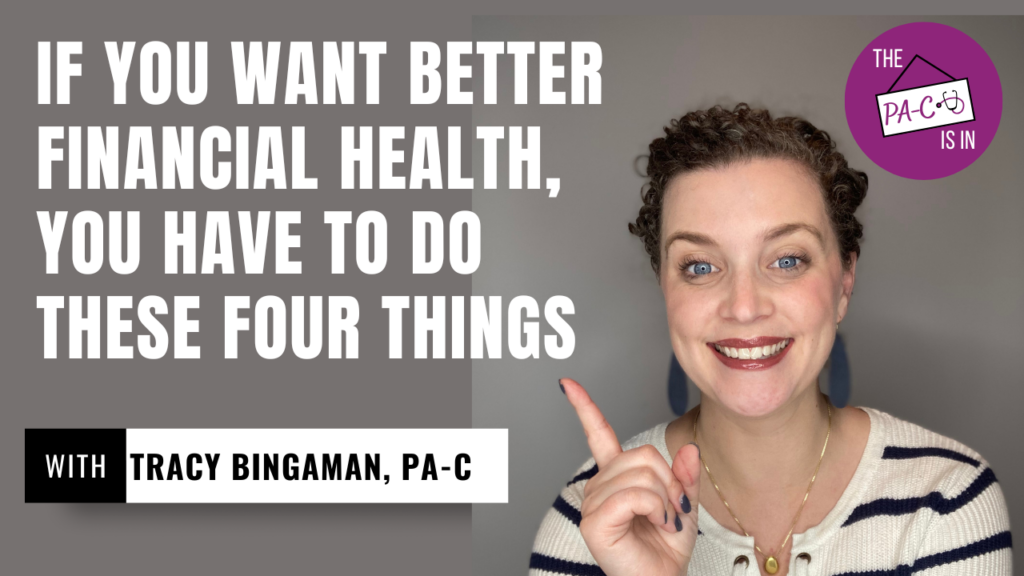We’re kicking off a new series all about back to money basics. Joining me as a special guest for this series is my very own virtual assistant, Sarah Miller. Sarah is a critical care PA, a VA, and also a finance guru. Sarah shares how and why she became a VA as well as how a strong foundation in money management allowed her the financial freedom to make different decisions regarding her career and family. She was able to make decisions based on her values and what worked best for her family, not solely based on money.
We want you to also have that financial freedom. To be able to make decisions based on your values and what’s important to you, not based only on finances. We want you to choose your job, where you live, how you raise your children, what kinds of vacations you go on, etc based on what you want and value most, not only on the cost associated.
Financial freedom brings you choices, time freedom, and the ability to create the life you love. Let’s dig into the basics of money so that you, too, can build a solid financial foundation for your future.
Apple Podcasts | Spotify | YouTube
Sarah learned about personal finance and investing initially through her father and grandfather, both financial analysts. As an adult, Sarah continued to grow her knowledge and understanding through reading books and listening to podcasts. Her top recommendations are ChooseFI, Bogleheads, JL Collins, Amanda Holden, the Mad Fientist, Frugalwoods, and Tiffany Aliche (we’ll get more into these resources in future episodes).
In episode 287 of The PA Is In, Sarah and I discuss the difference between investing and saving, employer-sponsored retirement accounts, and individual retirement accounts. We discuss the importance of beating inflation so that you can truly have enough money for when you retire.

Saving Versus Investing
We’ve all heard the importance of “saving money” and “saving for your future,” but what does that actually mean? Saving money can be as simple as putting money in your piggy bank or under your mattress. Most people save money in a bank account or credit union.
So what’s the problem with saving money? Isn’t that what we’re “supposed” to do?
The problem is saving money doesn’t keep up with inflation. Most savings accounts have interest rates of about 0.01%. This won’t grow your money or build wealth in the long-term.
That’s where investing comes in! Investing can be scary and intimidating at first, but Sarah and I are going to dive deep into what the stock market actually is and how to easily get started with effective investing later in this money series.
For now, the important distinction between saving and investing is that with long-term investing (especially in broad-based index funds), you can see growth of 20+%! This type of growth will surpass inflation and is how you can truly build wealth and create that nest egg for retirement. Now, the stock market can have ups and downs, so that’s why we view stock investing for the long term.
Employer-Sponsored Retirement Accounts
An employer-sponsored retirement account is a retirement account that your employer offers. The most common ones are 401ks and 403bs. A 401k is generally seen with for-profit businesses and a 403b is generally seen with non-profit businesses, but they act essentially the same.
With most 401ks/403bs, your employer will offer an “employer match.” This is money that your employer puts into your retirement account for free, otherwise known as free money. At the bare minimum, we suggest that you contribute enough to your 401k or 403b to reach the employer match.
The employer match will vary per company. It could be something like 100% up to 10% or 50% up to 4%. What does this actually mean?
100% up to 10% means that your employer will match you dollar for dollar up to 10% of what you contribute to your 401k/403b. So if you set up your paycheck to automatically contribute 10% to your 401k/403b, your employer will also contribute 10%.
If you have a 50% up to 4% match, that means your employer will contribute half of what you put in up to 4% of your contributions. So if you put in 4% of your paycheck, your employer will contribute 2%.
For 2024, the max contribution you can make to your 401k or 403b is $23,000. Your employer match is on top of this (like the cherry on top of your retirement sundae!).
A key to 401ks and 403bs are that are pre-tax accounts. So this means that the money never actually hits your paycheck, but is deposited directly to your 401k/403b. A great benefit to pre-tax accounts are that they lower your taxable income, so the more you contribute (up to the maximum allowed contribution), the lower your income when it comes to paying yearly taxes.
Individual Retirement Accounts
An individual retirement account (IRA) is an account that you contribute to directly. It’s separate from your 401k/403b. And yes, you can contribute to both your 401k/403b AND your IRA!
Just like the 401k/403b, IRAs also have yearly max contribution limits. For 2024, the maximum you can contribute to your IRA is $7,000 or however much you earned this year, whichever is lower. So for most professionals, the max you can contribute in 2024 is $7,000. However, if your income was only $5,000 this year, then the maximum you can contribute to your IRA in 2024 is $5,000.
We’ll dive deeper into types of IRAs, tax treatments, and investing as we continue this money series!
Connect with Sarah
- LinkedIn: linkedin.com/in/sarah-miller-pa-va/
- Email: sjmvirtualsolutions@gmail.com
Other Posts and Videos You’ll Love
Episode 283: Back to Basics: Meet Sarah: Listen to the podcast | Watch on YouTube

Episode 228: Never Say Never: The Journey of a Critical Care PA: Listen to the podcast | Watch on YouTube | Read the blog post

Episode 252: Top 6 Personal Finance Vital Signs: Back to Financial Basics: Listen to the podcast | Watch on YouTube

Episode 248: Emergency Fund 101 – Back to Financial Basics: Listen to the podcast | Watch on YouTube

Episode 241: If You Want Better Financial Health, You HAVE To Do These Four Things: Listen to the podcast | Watch on YouTube
